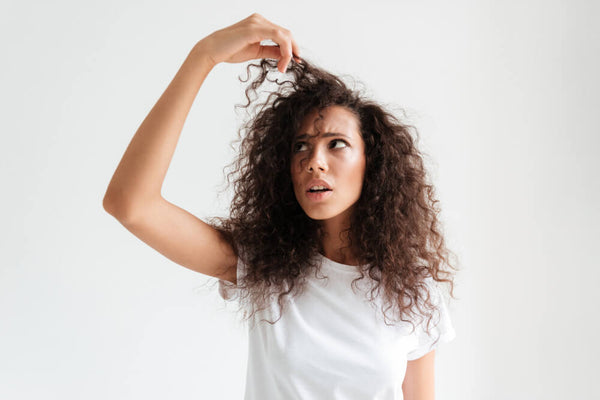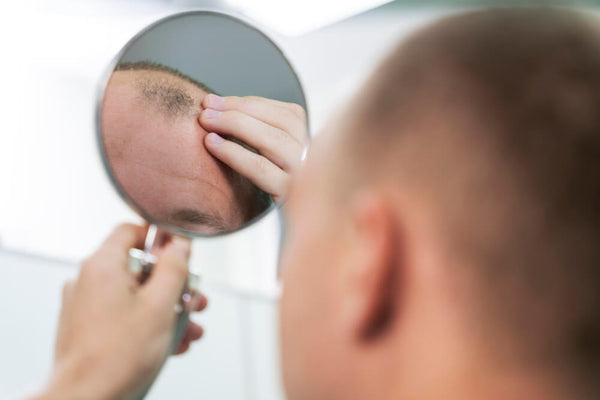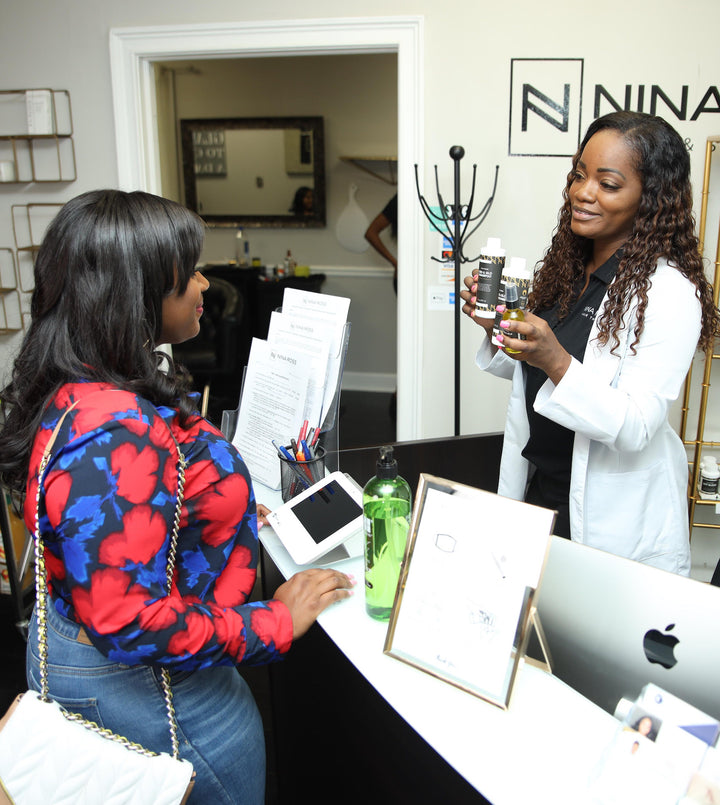Let's be real. You've stood in the haircare aisle, reading every label, spending your hard-earned money on another jar of promise. You follow the directions, wait the time, rinse it out... and your hair feels exactly the same. Maybe even a little more weighed down.
It's not you. Well, it's not entirely you. The secret isn't just buying the right mask—it's knowing how to work with your hair's unique texture and needs. For our curls, coils, and kinks, a quick slap-and-rinse just doesn't cut it. We need strategy.
Why Does Your Hair Mask Leave Your Hair Feeling Dry Anyway?
You might be making one critical mistake: applying it to soaking wet hair. Think about it—waterlogged hair can't absorb anything else. You're just diluting your expensive treatment before it even gets a chance to work.
The sweet spot? Damp hair. After you wash, gently squeeze out the excess water with a microfiber towel or t-shirt. Your hair should feel moist but not dripping. This is when the cuticle is open and ready to drink in all that goodness without fighting a pool of water.
What's the Right Way to Section and Apply for Maximum Absorption?
Forget just globbing it on. Our dense, textured hair needs a method.
Grab some hair clips and divide your hair into four sections. This isn't just for stylists—it's your key to even coverage. Take a small amount of mask (start with a quarter-sized dollop per section) and use your fingers to smooth it down the length of each section, from the point where your hair starts to feel dry down to the ends.
And, I can’t stress enough on this so for the love of your edges, don't pile mask on your scalp and roots. That's a one-way ticket to flat, greasy hair and clogged follicles. Your roots produce their own natural oils. They're fine. It's your ends—the oldest, most damaged part of your hair—that are crying out for help.
How Can You Make a Basic Mask Work Like a Custom Treatment?
This is where we get strategic. Your store-bought mask is good, but we can make it great.
-
For High Porosity Hair
If your hair drinks up water but never seems to stay moisturized, add a plastic cap. After applying your mask, cover your hair with a shower cap. Your own body heat will create a mini "steam room" effect, helping to push the nutrients deeper into the hair shaft.
-
For Low Porosity Hair
If water beads up on your hair, you need warmth. Sit under a hooded dryer for 15-20 minutes on low heat. The consistent warmth helps lift the cuticle so the mask can actually get in.
-
For Serious Breakage
Mix in a few drops of a pure peptide serum like our DHT Block Spray with your mask. This turns a simple conditioner into a targeted repair treatment.
How Long Should You Really Leave a Mask In?
The instructions always say "5-10 minutes." That's a lie for us.
For a true deep conditioning effect on textured hair, you need at least 30 minutes. If your hair is chemically treated or severely damaged, leave it on for an hour. Use this time to do something else—clean the bathroom, watch a show, whatever. Let the treatment do its job without rushing it.
If you're dealing with inflammation from conditions like CCCA or folliculitis, be extra careful. Make sure your mask is free of heavy petroleums that can clog follicles further. Look for lighter, anti-inflammatory ingredients like tea tree oil or aloe vera.
What's the Best Way to Rinse Without Undoing All the Good Work?
This part matters more than you think. Rinsing with scorching hot water strips the moisture right back out. Use cool or lukewarm water instead. It helps to seal the cuticle, locking in all the nutrients you just worked so hard to deposit.
Rinse until the water runs almost clear, but don't go for that "squeaky clean" feeling. A little slip is what you want—it means there's still some emollient left on the hair to protect it.
Is a Hair Mask Enough to Fix My Chronic Hair Loss?
This is the question we need to be honest about. A hair mask is a fantastic maintenance tool. It can improve manageability, reduce breakage, and add shine. But it cannot cure the underlying causes of hair loss.
If you're dealing with CCCA, traction alopecia or any hormonal issue that can cause hair to shrink and get thinner, a mask will feel like a bandage on a broken arm. It might cover the surface, but it doesn't fix the break. These conditions require medical-grade diagnostics and treatments—like the PRP Therapy and functional medicine protocols we use—to address the inflammation, scarring, and internal imbalances at the root of the problem.
Book Your Way To Perfect, Wavy Hair Now
Stop wondering if you're just bad at haircare. The truth is, your hair might be trying to tell you something it can't fix with a mask. If you've tried every deep conditioner under the sun but your hair still won't thrive, it's time to look deeper. Book your $99 Hair Therapy Evaluation at Nina Ross Hair Therapy.
Let's figure out what's really happening with your scalp and create a plan that gets you results no mask ever could.














